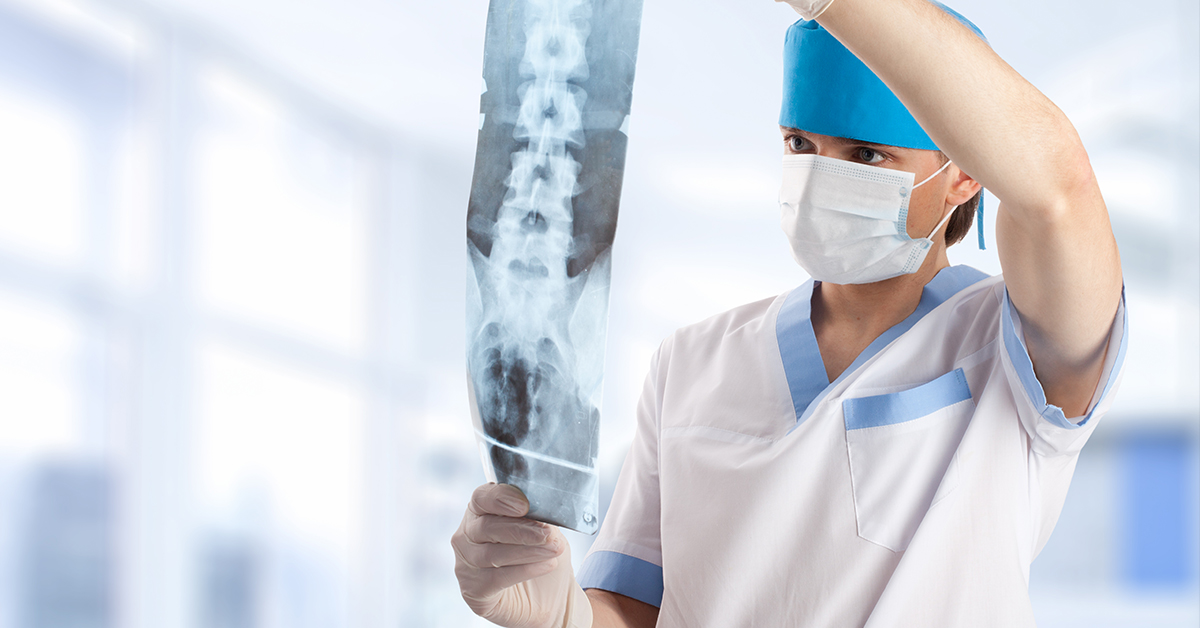Tips for Recovery After Surgery with the Best Spine Surgeons in St Louis MO
An Overview of Spine Problems That Usually Outcome in Surgical Therapies
Spine problems such as herniated discs, back stenosis, and degenerative disc illness frequently require medical treatments when conventional therapies stop working to ease consistent symptoms. These problems not just cause considerable discomfort but can additionally drastically hinder day-to-day functioning and total lifestyle. Comprehending the nuances of each problem and the matching medical options, such as discectomy or spine fusion, is vital for reliable management. As we check out these problems additionally, it comes to be apparent that the decision-making procedure bordering medical treatment is multifaceted and warrants mindful factor to consider.
Herniated Discs
Although many individuals with herniated discs might discover alleviation with conservative therapies, surgical treatment ends up being a needed consideration when symptoms get worse or continue - best spine surgeons in st louis mo. A herniated disc occurs when the soft inner gel of a back disc protrudes with its outer layer, potentially leading and compressing nearby nerves to pain, pins and needles, or weak point in the extremities
Conventional administration normally includes physical treatment, discomfort medications, and corticosteroid injections, which aim to reduce inflammation and boost feature. Nonetheless, in situations where these methods stop working to minimize devastating signs and symptoms, medical choices might be checked out.
The most common surgical procedure for herniated discs is a discectomy, which includes the removal of the herniated part of the disc to alleviate stress on the affected nerve root. In a lot more extreme instances, back combination may be needed to stabilize the influenced vertebrae.
People are suggested to review the potential risks and advantages of surgical treatment with their doctor to make an educated choice. Inevitably, the objective of any type of medical treatment is to bring back feature, minimize discomfort, and enhance total lifestyle for people experiencing herniated discs.
Back Constriction
Back stenosis happens when the spaces within the back slim, causing increased pressure on the spine cord and nerves. This condition can create in various regions of the spine, including the cervical and back locations, typically because of age-related adjustments, such as degenerative disc disease, arthritis, or thickening of ligaments.
People with back stenosis might provide with signs that consist of pain, pins and needles, prickling, or weakness, mostly in the arms or legs. These signs can be exacerbated by tasks that entail standing or strolling, commonly leading individuals to look for relief via traditional therapies like physical treatment, medicines, or epidural steroid injections.
Nevertheless, when these non-surgical interventions stop working to provide sufficient alleviation, surgical alternatives might be considered. Common operations for back constriction include laminectomy, which entails the elimination of part of the vertebra to ease pressure, and spinal combination, which stabilizes the affected area. The decision to go after surgical treatment is normally based on the extent of symptoms, the level of functional disability, and the overall health and wellness of the patient. Trigger medical diagnosis and management are vital to avoid more neurological compromise and enhance quality of life.
Spondylolisthesis
Spondylolisthesis occurs when one vertebra slides ahead over another, bring about misalignment of the back. This problem can arise from different variables, consisting of congenital flaws, trauma, or degenerative adjustments in the spine. It is most generally observed in the lumbar region, especially at the L4-L5 and L5-S1 degrees.

When non-surgical approaches fail to ease signs or when significant nerve compression is existing, medical intervention might be warranted. Surgical choices can include spinal combination or decompression procedures, aimed at restoring alignment and minimizing neurological signs and symptoms.
Degenerative Disc Illness

The problem can be diagnosed through a combination of clinical assessment, imaging research studies, and individual background. When these techniques stop working to provide adequate alleviation, medical interventions may be considered.
Surgical choices for DDD may consist of spinal combination or fabricated disc replacement, targeted at stabilizing the use this link influenced section and reducing discomfort (best spine surgeons in st louis mo). Eventually, the option of treatment is individualized, thinking about the intensity of the problem, patient wellness, and lifestyle aspects
Spine Growths

What variables contribute to the growth of growths within you can try these out the spinal column, and exactly how do they show up in individuals? Spinal lumps can develop from numerous factors, consisting of hereditary predisposition, ecological impacts, and pre-existing medical conditions. They can be classified as primary lumps, coming from the back, or additional tumors, which spread out from other regions of the body. Patients might provide with a series of symptoms, including localized pain, neurological shortages, weak point, or adjustments in bowel and bladder feature, depending on the growth's dimension and area.
Surgical treatment may be called for to minimize signs, get a biopsy, or get rid of the lump completely. The objective of surgical treatment is frequently to unwind neural elements and maintain the back. Early detection and intervention are essential for enhancing results in people with spine lumps.
Verdict
In recap, spinal column problems such as herniated discs, spinal constriction, spondylolisthesis, degenerative disc disease, and back tumors regularly demand medical treatment as a result of their potential to trigger significant pain and practical disability. While traditional therapies may provide short-term relief, surgical options come to be important when signs and symptoms get worse or linger. Timely medical diagnosis and treatment play a critical function in bring back feature and boosting the lifestyle for affected individuals, emphasizing the relevance of extensive spinal care.
